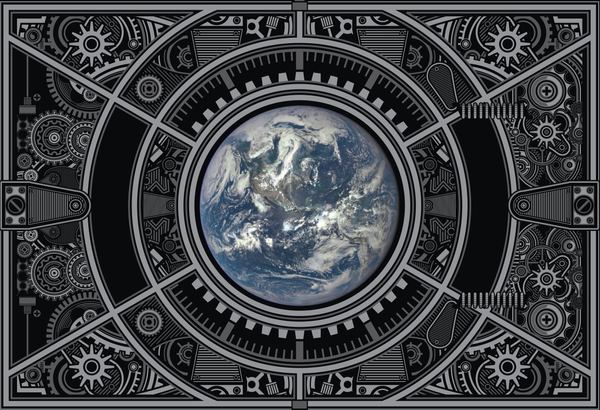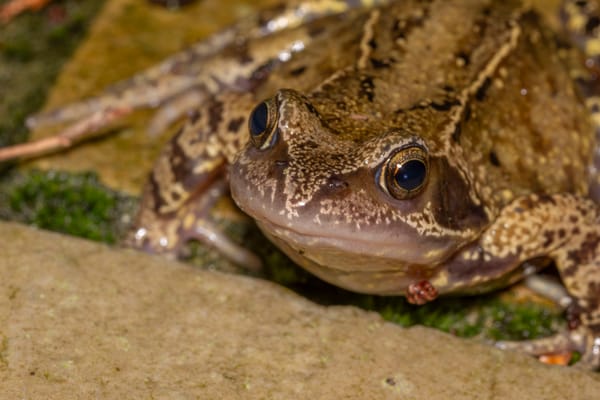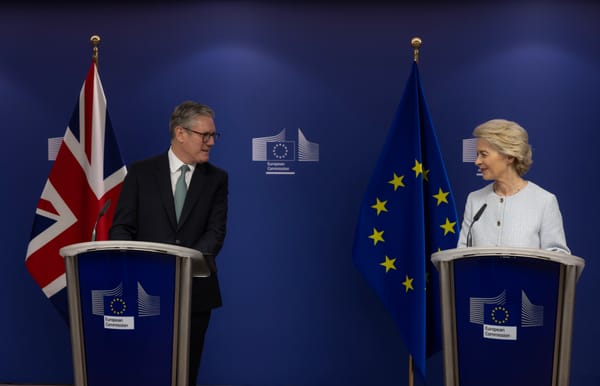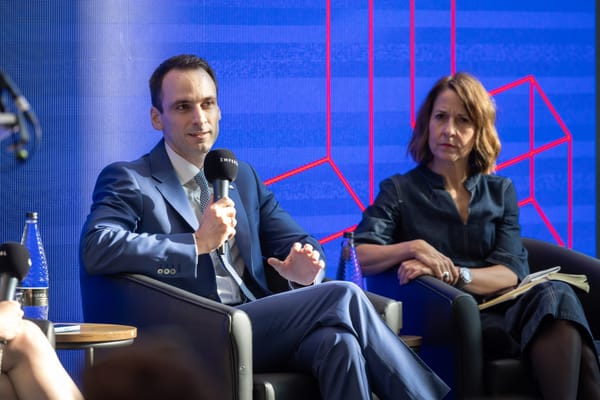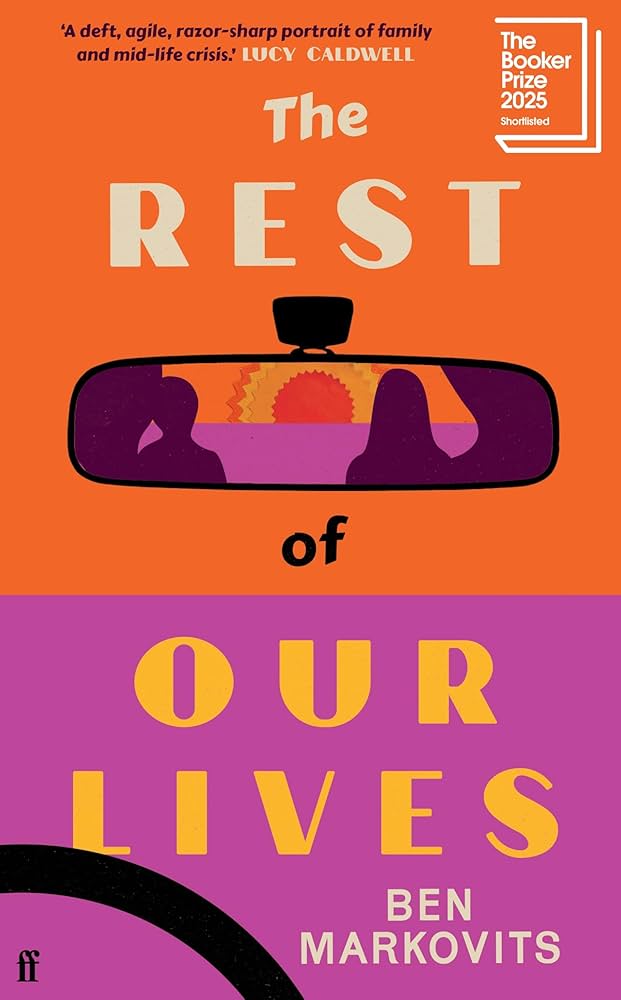Rights and Responsibilities on the Course to Sustainability
You only need to follow media bulletins to recognise that the world is changing rapidly and facing several challenges all at once. In my view, the biggest challenge we collectively face is finding a way to work together to address all these challenges. I believe the answer lies with you – as an individual, a professional, a member of a global society, a leader of a future world, yet to be shaped.
Science, technology and medicine have the answers to the greatest global challenges we face. This was evident during the Covid-19 pandemic – people across the world working in many fields took responsibility for finding real solutions, including people working at Imperial College.
As professionals, we have a responsibility to handle these challenges in a sustainable and ethical manner. When it comes to biodiversity loss, the climate crisis, and the pollution of our rivers, oceans, and land, we need to work together to find real solutions. The world faces both environmental risks and human rights issues. The DEI or EDI (Equality, diversity, inclusion), Black Lives Matter, #MeToo and LGBTQ+ movements all highlight inequality within nations and across the world. Children are still being exploited to make supply chains more profitable.
The organisations we work for are increasingly being held to account by civil society, investors, donors, and regulators. Some organisations are becoming more transparent about their policies, notably on EDI and Modern Slavery, but what is the real positive effect they are making on people’s lives?
Imperial College has launched its ‘Science for Humanity’ strategy which encourages us all to join this collaborative effort. My journey to recognising my own responsibilities to society and the environment began at Imperial. My first degree at the Department of Civil Engineering – before the department was renamed to include the words ‘and Environmental’ – contained a module called ‘Engineering and the Environment’. This gave me a sense of understanding that I had a role beyond designing structures. It planted in my mind the thought that I have a wider responsibility to protect the environment. This understanding has extended to both society and the environment through my work in the private, public, and not-for-profit sectors, as well as my studies in economics and public policy.
I believe we all have the responsibility to be a force for good in addressing global challenges facing society and the environment. I urge you to consider your career choices with these ideas in mind.
One way to test whether an organisation is truly driven by a sense of purpose is to ask: “What are they practically doing in relation to sustainability? Which of the United Nations Sustainable Development Goals are they aligned with? How do they work towards eliminating child labour in supply chains? Are they taking climate action as part of a wider effort to protect the environment? Do they have diversity, equality and inclusion at all levels of the organisation? Or are they more focused on maximizing growth and profit?” In maximizing our own potential as a force for good in the world, it is essential that we hold organisations to account for the new world order we are creating - the future of the world depends on your leadership.

Anita Punwani, Risk Governance Professional (Civil Engineering 1988, MBA 1992)
Anita graduated from Imperial College with degrees in civil engineering and management. At University College London, she studied construction economics and public policy. She has worked across the public, private and not-for-profit sectors and is focused on sustainability and achievement of the UN Sustainable Development Goals.

